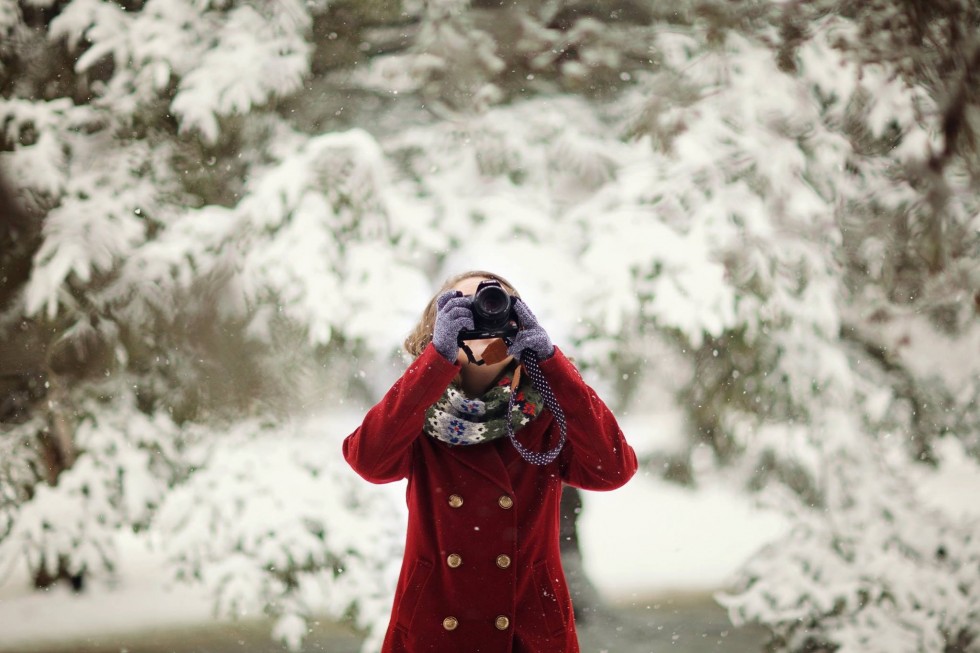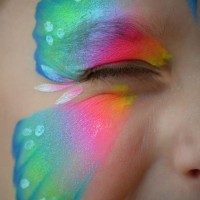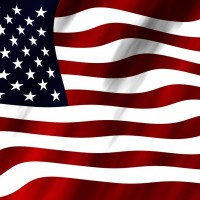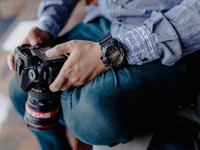Winter is a beautiful season. When the ground gets covered with a pristine white blanket, photographers put on warm clothes, take their cameras, and begin the hunt for the best winter shots in their lives. Taking photos of snow and snow-covered objects is not easy, though. It requires good preparation and knowledge of certain rules if the photographer wants their winter photos to be of high quality and look genuine. Here are some of those essential guidelines.
1. Protect yourself
Snow photography calls for taking some measures to protect the artist’s health. Needless to say that warm clothes are a must. That’s because of the fast heat loss in the cold. A very important item of the photographer’s winter outfit is a pair of mittens-gloves. Those are mittens with fingers that can be removed to facilitate pressing the buttons and fiddling with the camera settings. A good idea is to set up the camera when you are still indoors. That way you won’t have to change the settings with frozen fingers.
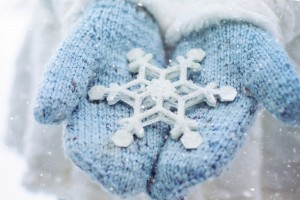
2. Protect your camera
Protecting your camera is also crucial for the success of your snow photography endeavors. Make sure the batteries are charged to the maximum value. Cover the lens with the lens cap when not taking photos. That will keep snowflakes from falling on the lens. If they do, they will melt and cause your shots to be somewhat misty. Clearing the lens should only be done with microfiber lens cloths. When the camera is close to your face, try to avoid breathing on the LCD screen because that will create fogging on it. When the session is over, remove the memory card and place the camera into your zip-top bag. That will prevent condensation forming on the camera. When you return home, put your photo equipment in the coolest place for the same reason.
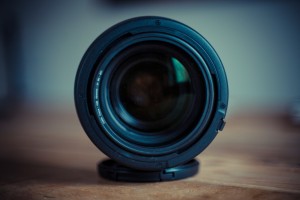
3. Choose the optimal shutter speed
The shutter speed for snow photography can be different depending on what effect you want to achieve. If you need snowflakes to be clearly visible in your photo, set your shutter to a fast speed, say 1/250 of a second. That is because snow is actually falling faster than it seems. On the other hand, if you need snow to look like streaks in your shots, go for a slower speed such as 1/60 of a second.
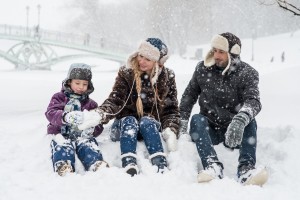
4. Look for contrasting objects
It is obvious that snow is the center of attention in snow photography. However, you may liven up your photos by bringing in some colorful objects into the scene. For example, a bright red overcoat or orange scarf will create enough contrast. That said, framing your pictures right is very important with contrasting objects. If you find no suitable colors, try taking black-and-white shots.
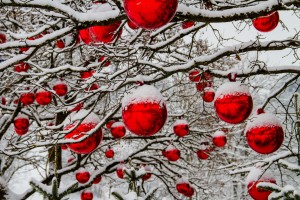
5. Use the RAW format
The raw format allows snow photography enthusiasts to tweak their shots in post-production without limitations. That is not possible with other formats such as JPEG.
6. Choose the optimal focal length
Different focal lengths of your lens create different effects. If you want to capture as many flakes as you can, use a long lens. Then, snowflakes will have different sizes in your shot depending on the distance. A lens with a wide angle will enable you to capture a larger scene. However, if you want flakes to be of different sizes with a wide angle lens, a heavy snowfall is necessary.
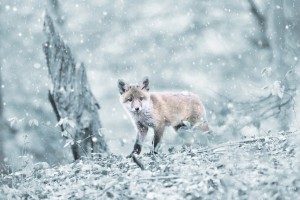
7. Avoid reflexions
With snow photography, it is essential to use a lens hood. That’s because you need to counteract the flare that comes from snow and makes your photos misty. Another anti-reflexion tip is to avoid using flash. If you do, snowflakes in your shots will look nothing but small dots of overexposed light.
8. Overexpose
It may sound surprising to you, but professionals know that snow photography requires overexposure. That’s because light meters only give medium brightness. As a result, snow doesn’t look as white as you want it to be. The bottom line: You have to increase exposure (two f-stops setting works best).
9. Try not to spoil a snow landscape
If you are after a beautiful pristine snow landscape, don’t let your or somebody else’s footprints get into the frame. That’s a mistake typical of amateurs.
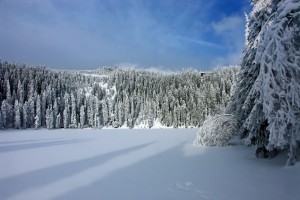
Snow photography is a real art that requires thorough preparation and knowledge of specific rules. Practice makes perfect, though. If you consistently follow the recommendations from photography experts, your snow-filled photos will be getting better with every winter day.
